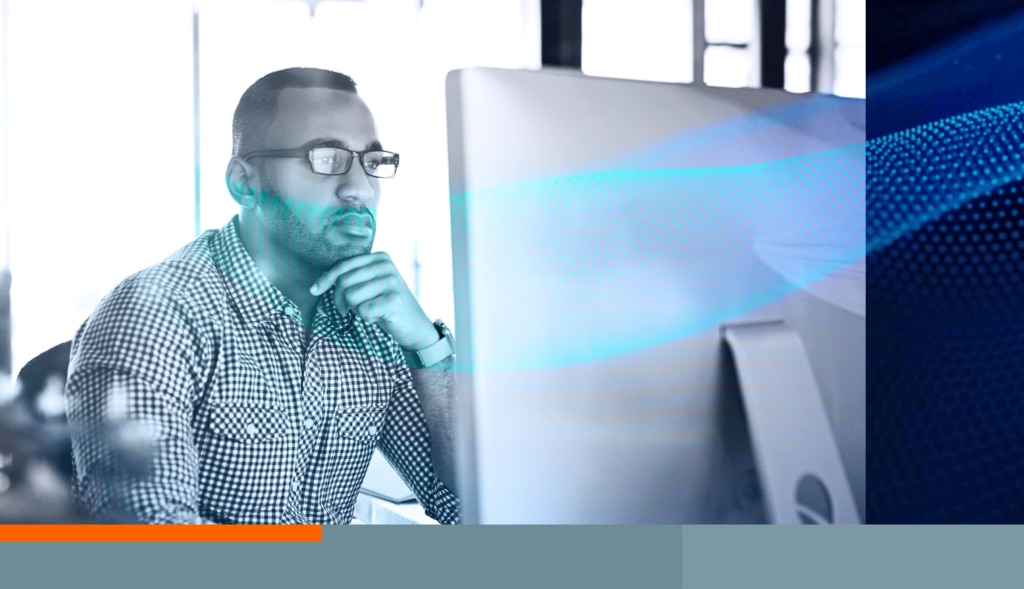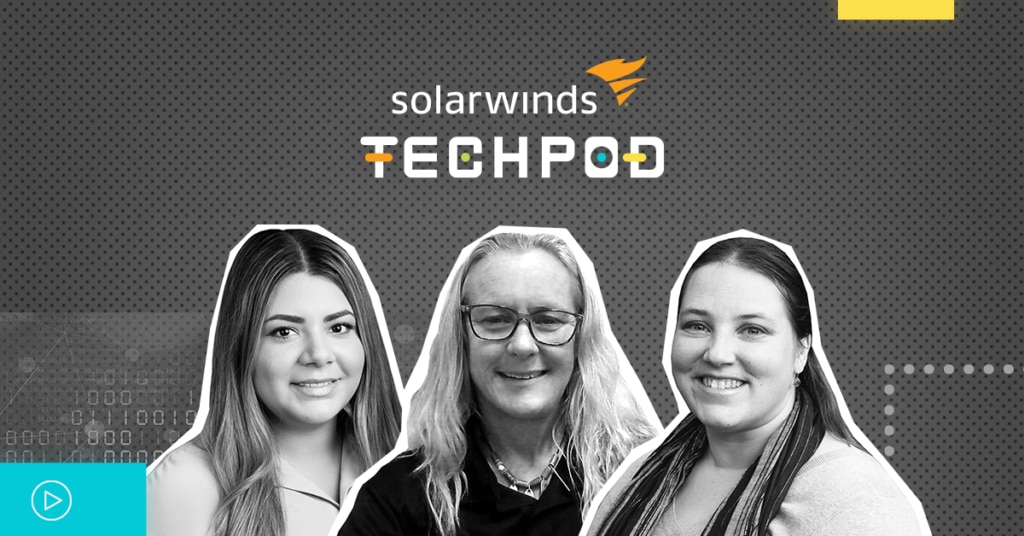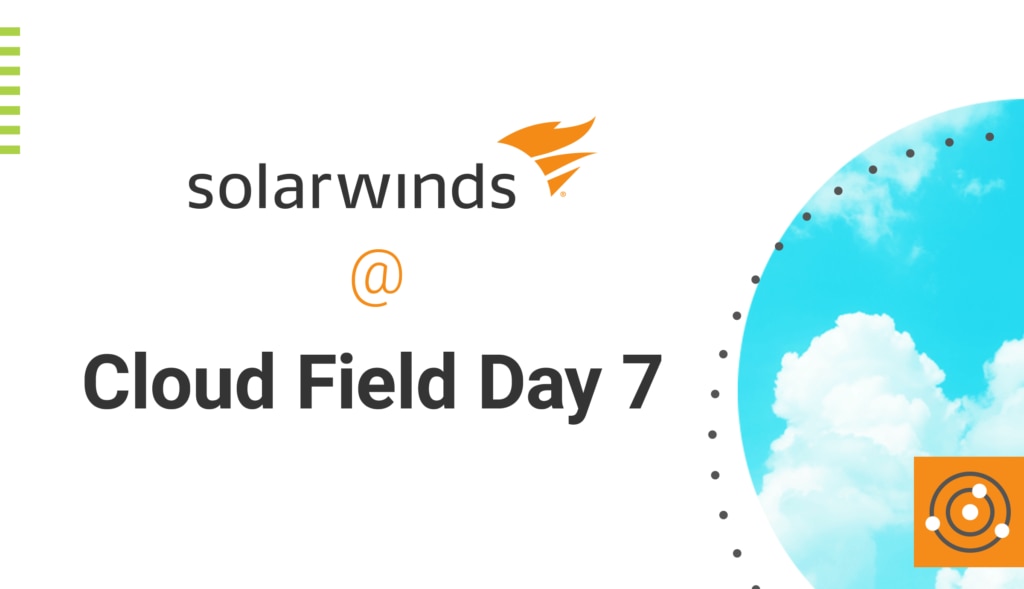The SolarWinds IT Trends Report 2024 – AI: Friend or Foe? indicated tension in the IT industry’s outlook on artificial intelligence (AI). While there is excitement about its potential to drive productivity, concerns linger around data quality, security, and regulation. At the recent SolarWinds Day event, I sat down with Krishna Sai, Senior Vice President of Engineering, and Cullen Childress, Senior Vice President of Product Management. We explored the findings of the report, AI by Design, enterprise adoption strategies, and much more.
READ THE REPORT
Why Is Everyone So Excited About AI?
The IT Trends Report found that nearly nine in every ten (88%) companies surveyed have already adopted AI or plan to. 56% of IT pros want their companies to invest even more, while 46% wish they would implement AI faster. Krishna Sai attributes this enthusiasm to the profound complexity of today’s IT environments: “There's just so much data that a human alone is not able to have that level of control, which is where AI comes in. When something does go wrong… instead of having to comb through millions of data points, the AI can help me with my root causes and provide context.”
“We've got complexities expanding at a rate that's just astounding, while IT budgets are decreasing,” added Childress. “AI can accelerate time to detection of issues, reduce noise, and improve their focus on the things that actually matter so (IT professionals) aren’t chasing ghosts.”
Krishna Sai cited general fluency in generative AI (GenAI) models as another cause for impatience. “We are all using a lot of tools in our day-to-day lives. You go home, and you're using ChatGPT to plan your vacation to Italy. Then you come to the workplace and say, ‘How can I use these tools to get my job done?’”
However, he said, using public models like ChatGPT in an enterprise environment raises concerns about privacy and security: “You need to be concerned about how much confidential information and personal information is getting leaked into these generative models that are in the open world, so to speak. This is where I think the gap is.”
The Challenges and Opportunities of AI Integration
Given the complexities involved, how should businesses navigate AI adoption? Sai and Childress emphasized the need for a balanced, structured approach to implementing AI solutions. Childress encouraged CIOs to work with existing software vendors to integrate AI into their offerings.
“Instead of just adopting technologies and letting it become the wild, wild west, CIOs (should) partner with their incumbent vendors who are embodying and leveraging AI to accelerate capabilities within those solutions, whether that's generative AI or AIOps," Childress said.
Sai identified three critical steps to effective AI integration: diagnostic, assistive, and automated. “Can you use AI to diagnose problems quickly before they happen? Childress talked about assistive technologies: can AI be your sidekick? Then comes the automation. Once you've built a level of trust in the AI, once you've put all those guardrails in place, once you know that there are enough kinds of risks against data privacy, etc., all protected, and the AI adoption is now better in your organization or with your tools, that's when the kind of automatic or automated way of integrating AI comes in.”
Sai proposed that enterprises establish a steering committee to oversee the sensible adoption of AI tools, while Childress recommended employee training courses to help ensure the effective use of AI tools and to cultivate awareness of associated risks.
“Garbage In, Garbage Out.”
Just 38% of those surveyed for the SolarWinds IT Trends Report 2024 fully trust the data used in AI technologies, while 16% of respondents identify data quality as the second most significant barrier to successfully integrating AI technology. Sai advised organizations seeking successful AI implementation to make sure their data is clean, well-protected, and isolated. Basic data hygiene practices, such as anomaly detection, can prove extremely useful: “You can detect outliers in your data. When something's not right in your data, you're able to detect it faster.”
Despite the importance of data integrity, Childress insisted that it's possible to address issues progressively–organizations needn’t have a flawless data ecosystem before beginning to explore AI solutions.
“It may seem overwhelming,” said Childress. “Just focus on the problem you're trying to solve in those specific use cases, the high-priority ones. And then it's an effect, a roadmap which can lead to you prioritizing all the data hygiene things along the way.”
SolarWinds AI
With these intricacies in mind, SolarWinds has developed AI by Design, a set of principles to guide the ethical development and implementation of effective AI.
Childress described the principles as “internal guardrails to instruct our product and engineering teams. Those principles, while we adopt them as our own, could be applied in a general sense for (any) IT leader.”
SolarWinds has applied AI by Design principles to integrate generative AI features in its ITSM solution, SolarWinds® Service Desk. “When a services agent is responding to an issue, we are now using generative AI to help with constructing a draft response,” explained Sai. “The AI then goes, looks at previous kinds of tickets that are similar (and) the ways in which those tickets have been resolved quickly, and generates a draft response, which an agent can quickly edit, review, and correct before they respond.”
Focus On What Matters
Childress closed the discussion by outlining a vision for the future of AI-driven observability. “The human brain (is) the most powerful observability system ever created, if you think about it. You've got your subconscious and your consciousness, and we walk around the earth with our five senses, hearing, smelling, feeling, and seeing stuff. There's so much noise in the environment around us, but our subconscious suppresses all that noise and provokes our consciousness when something relevant happens. Then we wake up and turn our heads. When we think about AI and AIOps, anomaly detection and alert fatigue, reducing alert fatigue and noise, and improving signal is really what we're focused on. The reduction of noise. That's in large part allowing our ITOps professionals–and that subconscious, so to speak–to only be provoked when there are relevant things to focus on.”
If you’d like to learn more about how
AI by Design principles guide the SolarWinds approach to artificial intelligence, read our blog series here.





